Between the defeat of the government of Digby Denham in 1915 and the election of Campbell Newman in 2012, Queensland did not have a single Liberal Premier, save for the 8 days in August 1968 when Sir Gordon Chalk held the office after the sudden death of Jack Pizzey. For a whole century, the leadership of the State was in the hands of Labor and Country Party (later, National Party) politicians.
The entire style and tone of Queensland politics reflected this conspicuous absence of Liberal leadership: corporatist, somewhat authoritarian, sometimes corrupt, pragmatic, with scant regard to such abstract notions as the rights of the individual and the separation of powers. The ‘winner takes all’ style was significantly exacerbated by the abolition of the Legislative Council in 1922: a one chamber parliament in a one newspaper town did not lend itself to checks and balances.
Because, for a whole century, Liberals were either in Opposition, on the cross-bench, or had a minority voice in Coalition Governments, we tend to forget that, during the four decades between separation, in 1859, and Federation, in 1901, Queensland enjoyed a liberal springtime. The two great figures of the age were Sir Charles Lilley – who formed the first colonial Liberal Party in 1859, and his protégé – the much greater figure, Sir Samuel Griffith: arguably, after Alfred Deakin, the late 19th century’s greatest liberal statesman.
When the study of Australian history began to emerge as a distinct academic discipline in the years immediately after the Second World War, the domination of the History Department of the University of Melbourne resulted in the almost singular focus of late 19th century Australian historiography upon the Victorians, and in particular Deakin. Conversely, the political history of the other colonies – in particular Queensland – was neglected if not ignored entirely.
Yet it was a remarkably interesting time, populated by fascinating characters who belie the caricature of Queensland as an intellectual desert. The first Governor, George Ferguson Bowen, was a classical scholar, Fellow of Brasenose, Rector of the Ionian University on Corfu, and friend of Gladstone. The first Premier, Robert Herbert, was a Fellow of All Souls who would later become Undersecretary for Colonies and Chancellor of the Order of St Michael and St George; the historian Andrew Roberts wrote that, at his prime he ‘personified the British Imperial Establishment.’
And then, of course, there was the great Sir Samuel Griffith himself – a figure so obviously pregnant with destiny that his nickname, when he was a schoolboy, was ‘The Right Honourable Sir Samuel Griffith’. And so he became – the most significant Queensland political leader of his time, principal draftsman of the Constitution, first Chief Justice of Australia, acknowledged across the land as the greatest lawyer of his age.
One name which has received too little attention in this rich historical tapestry is Griffith’s first Attorney-General, Sir Arthur Rutledge. That oversight has now been corrected, for Rutledge’s great-grandson, Graham Wilcox, has written and published a handsome biography, which resurrects the memory of his forbear. Another of Rutledge’s descendants is Professor Russell Trood, who has his own place in the Liberal pantheon, as the person who delivered control of the Senate to the Howard Government in 2004.
As we learn from The Struggle for Unity, Rutledge’s political career was one of incident and significance. Like Griffith, he was liberal in his politics and an ardent federalist. Also like Griffith, he was a formidable politician as well as a gifted lawyer.
Rutledge was one of the seven Queensland delegates to the 1891 Federal Convention in Sydney. More importantly, he was one of the small number who participated in the famous voyage of the Queensland Government steam yacht Lucinda along the Hawkesbury River on the Easter long weekend, when the first iteration of the Constitution was drafted, primarily by Griffith, with the assistance of Rutledge and others, refreshed by generous libations of whisky.
Probably the most important episode in Rutledge’s political career – almost entirely lost to history – was his role in the Federation Referendum of September 1899. Four states had already voted Yes, but the prospects of a Yes vote in Queensland seemed poor. As Graham Wilcox writes, ‘Economically, in 1899, Queensland was going backwards with pastoralists still gripped by the great drought. Migration would be stalled altogether, but for a trickle of new arrivals from Ireland. New investment was non-existent. It seemed there could be no worse time for the colony to ponder the benefits of union.’
Queensland had not in fact been represented at any of the Federation Conferences since 1891. The Premier, James Dickson, although a nominal supporter of federation, was lukewarm and unenthusiastic. Rutledge became frustrated that the federal project would be thwarted by the lack of leadership of the ‘Yes’ case. So he thrust himself into the fray with a series of powerful speeches and opinion articles in the Brisbane Courier.
Rutledge addressed himself particularly to those in North Queensland where his popularity as the former member for Kennedy and, later, for Charters Towers, was strong. Graham Wilcox makes a powerful case that it was Rutledge who saved the Yes vote and, although success has a thousand fathers, the Referendum returns support his thesis.
When the results were published, the Yes case had been heavily defeated in Brisbane by 34 per cent to 59.6 per cent, narrowly defeated in the Southern regions of the State by 46.7 per cent to 46.4 per cent, but comfortably passed in the Central region (around Rockhampton) by 52.9 per cent to 38.2 per cent, and overwhelmingly passed in North Queensland by 77.1 per cent to 15.7 per cent.
The overall total of the Yes vote was a slender 50.22 per cent, or a majority for Federation by 5082 votes. So there is no doubt that it was the strong Yes vote in North Queensland that carried the day. Wilcox is persuasive that it is Rutledge’s advocacy and reputation in that part of the state which made the critical difference.
In the hands of Graham Wilcox’s easy prose, The Struggle for Unity restores to history Rutledge’s decisive role in the 1899 Referendum. And it reminds us that the history of colonial Queensland was rich with fascinating characters and political drama.
Got something to add? Join the discussion and comment below.
Get 10 issues for just $10
Subscribe to The Spectator Australia today for the next 10 magazine issues, plus full online access, for just $10.
George Brandis QC is a regular contributor to The Spectator Australia
You might disagree with half of it, but you’ll enjoy reading all of it. Try your first month for free, then just $2 a week for the remainder of your first year.

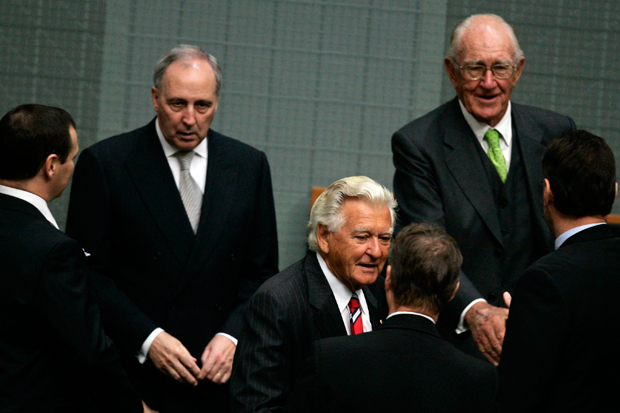
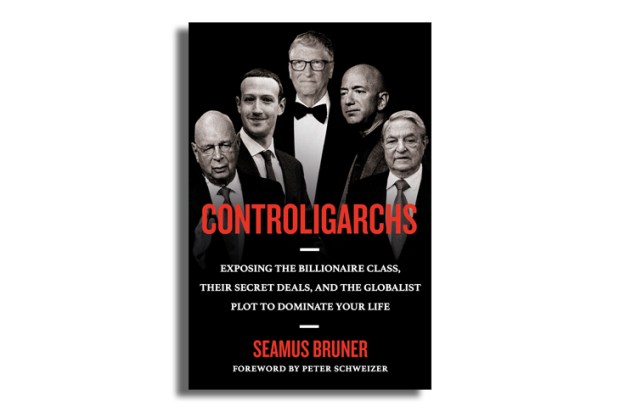
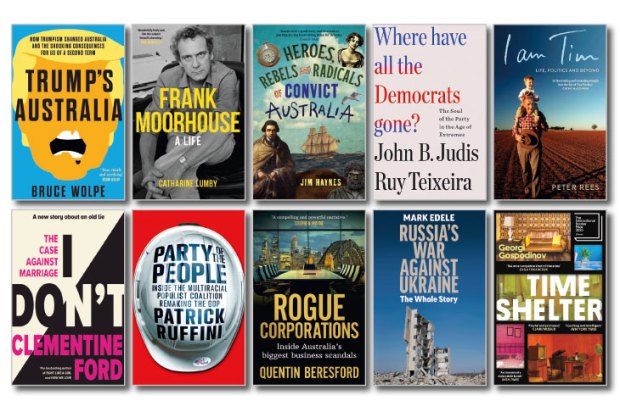
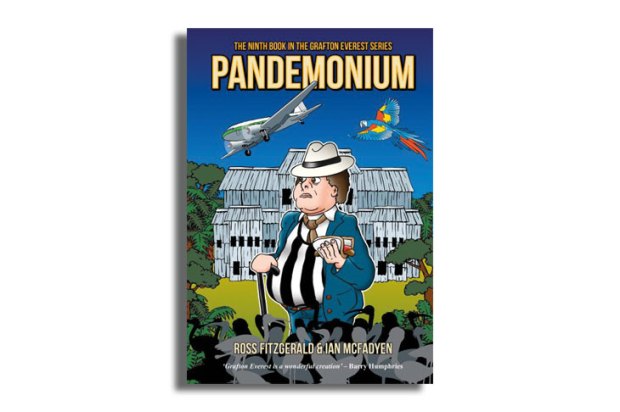
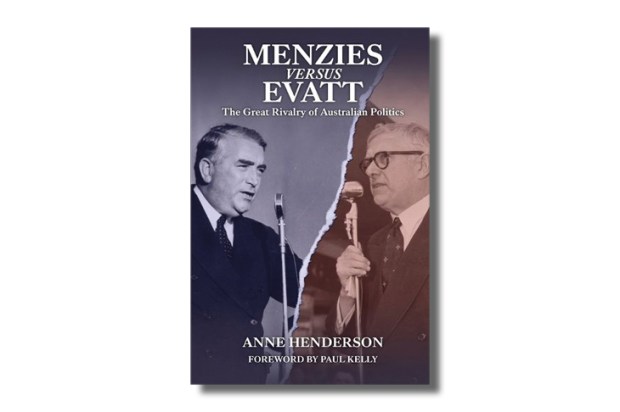
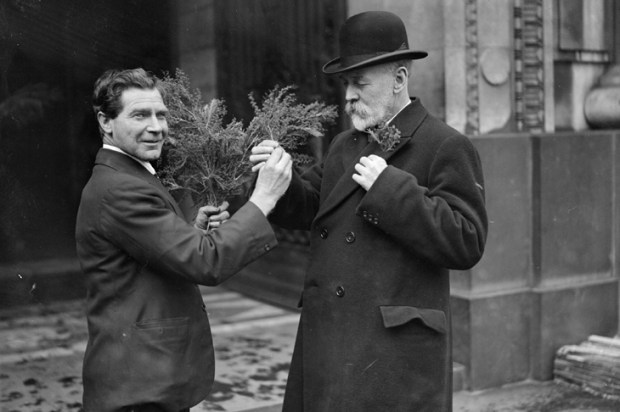






Comments
Don't miss out
Join the conversation with other Spectator Australia readers. Subscribe to leave a comment.
SUBSCRIBEAlready a subscriber? Log in